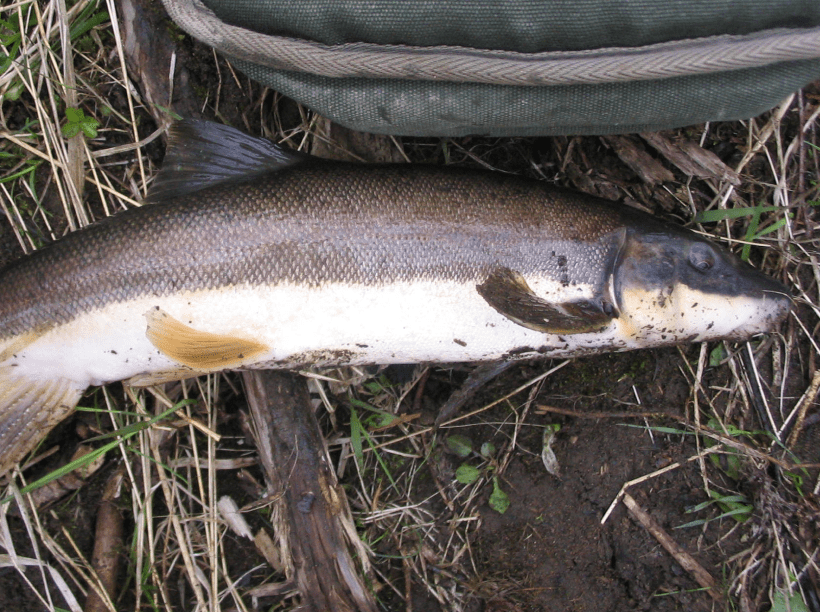Other names: -
The Longnose Sucker, Catostomus catostomus, is a freshwater fish widely distributed across North America, especially in Canada and Alaska. This species thrives in cold, clear waters of lakes and rivers. Recognized by its elongated snout and sucker mouth, it feeds mainly on benthic invertebrates. The Longnose Sucker is important for both local fisheries and as prey for larger fish and birds.

![]() Length
Length
~22" (max 64)
![]() Weight
Weight
~2" (max 3)
![]() Water
Water
Fresh, brackish
![]() Water Temp
Water Temp
15° F
![]() Depth
Depth
7-180 ft
-
-
-
-
-
-
-
-
Longnose Suckers are typically found in cold, clear lakes and streams with gravel or rocky bottoms
They prefer deeper waters but move to shallower areas, especially during spawning
Their diet primarily consists of benthic invertebrates, such as insect larvae and small crustaceans
Juveniles are often found in slower-moving water, where they are less vulnerable to predators
Spawning occurs in spring when adults migrate to shallow, gravel-bottomed streams
Males establish territories in fast-flowing areas, where females lay eggs after a brief courtship
The eggs adhere to gravel and hatch into larvae, which remain in the stream for some time before migrating to deeper water
Post-spawning, adults often return to deeper lake environments, while some river-resident fish may stay near spawning areas throughout the summer